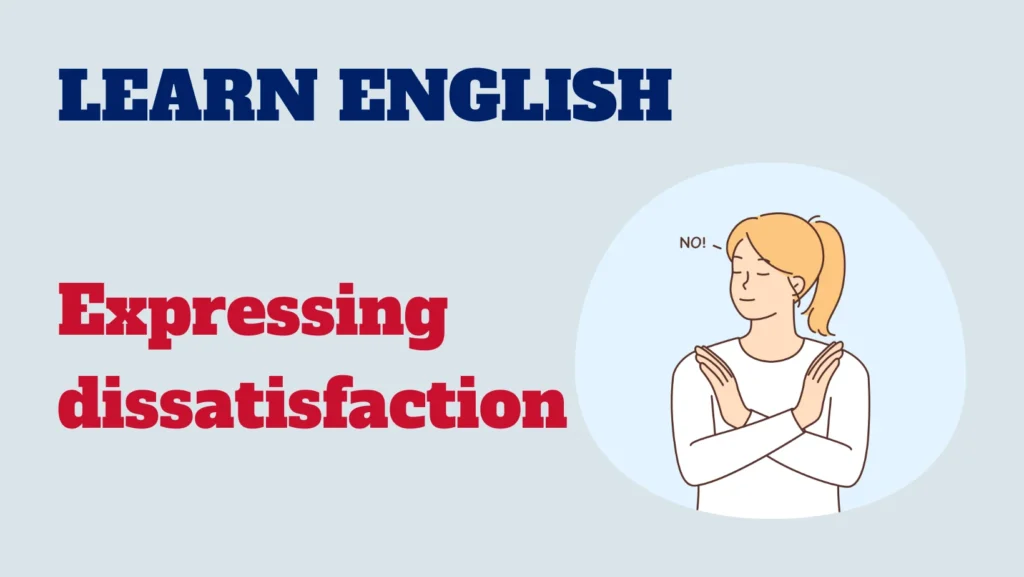In this lesson, we will delve into an important aspect of daily communication: expressing dissatisfaction. Whether it’s expressing discontent or sharing frustrations, complaining is an integral part of everyday life.

In this lesson, we’ll provide you with some tips and key expressions to help you complain in English like a native speaker. So, get ready to release your frustration in a linguistically appropriate manner!
Starting politely
When complaining in English, it’s important to begin with a polite formula to soften your message.
You can use expressions like:
“Excuse me for bothering you, but…”
“I’m sorry to bother you, but…”
before moving on to your complaint. This shows that you respect the other person while expressing your dissatisfaction.
Using common expressions
Here are some commonly used expressions to convey your discontent in English:
“I’m really disappointed with…”
“This is not going well at all…”
“I find this unacceptable…”
“I’m unhappy with how…”
“I’m frustrated by…”
Describing the problem
To be clear in your complaint, it’s essential to describe the problem in detail. Use adjectives to express your feelings and explain clearly what is bothering you.
For example:
“The service was extremely slow, and the staff was rude.”
Proposing solutions
Instead of complaining endlessly, it’s helpful to propose solutions to resolve the issue. This shows your willingness to contribute to improvement and facilitates dispute resolution.
For example:
“I suggest hiring more staff to improve the speed of service.“
By learning how to complain in English appropriately, you’ll be able to effectively communicate your concerns and get solutions to your problems. Use these tips and expressions to express your dissatisfaction in a respectful and constructive manner. Remember to remain polite, clearly describe the problem, and propose solutions. Good luck in your interactions in English, and may your complaints be heard and resolved!



